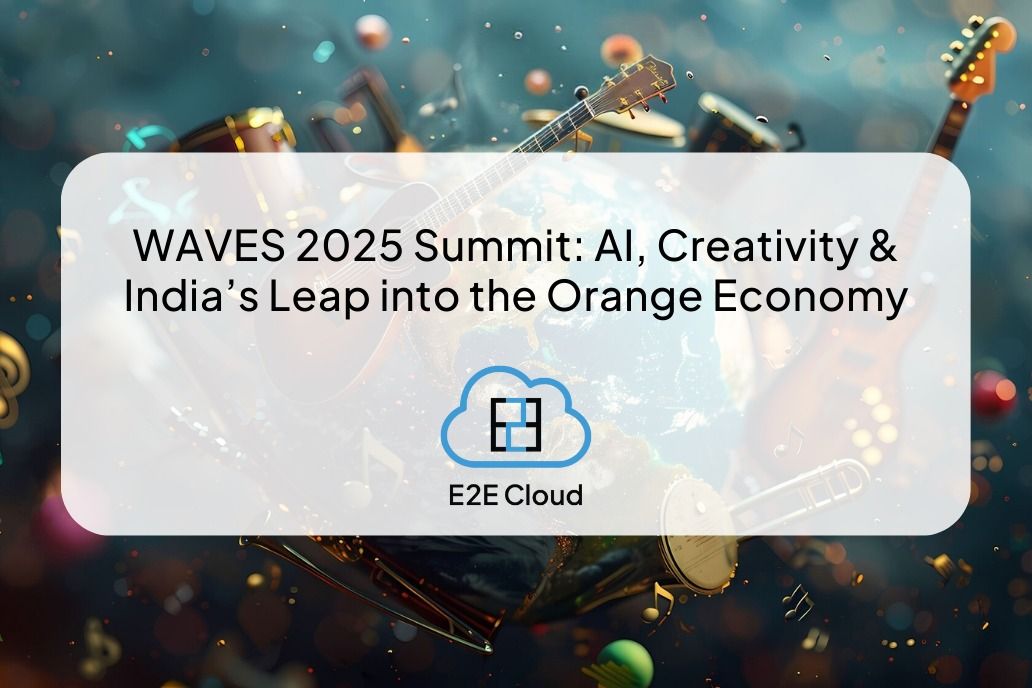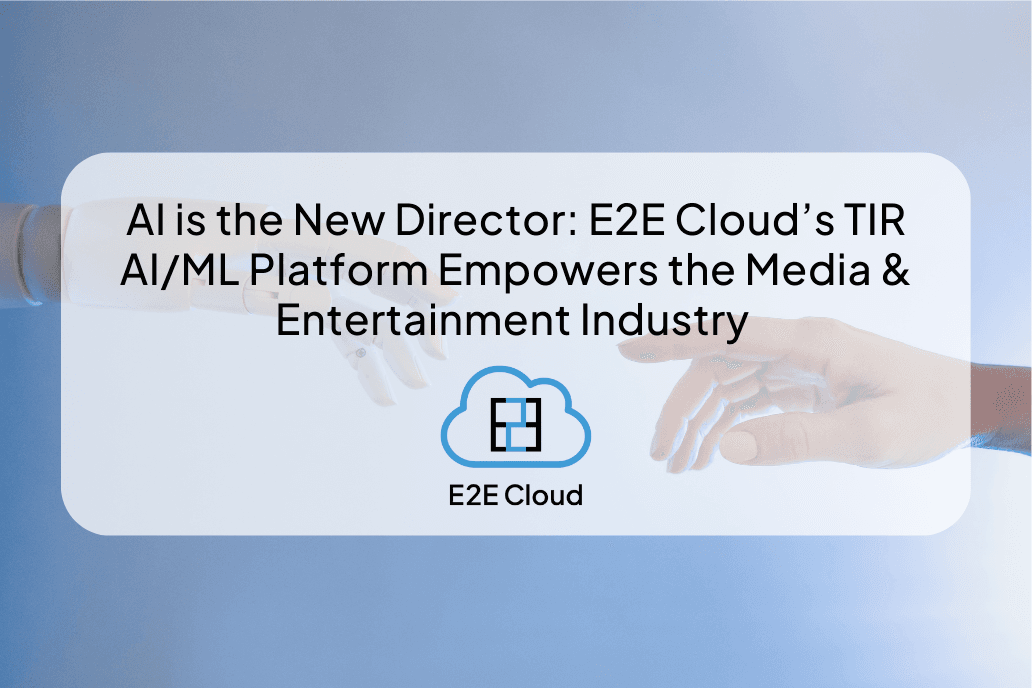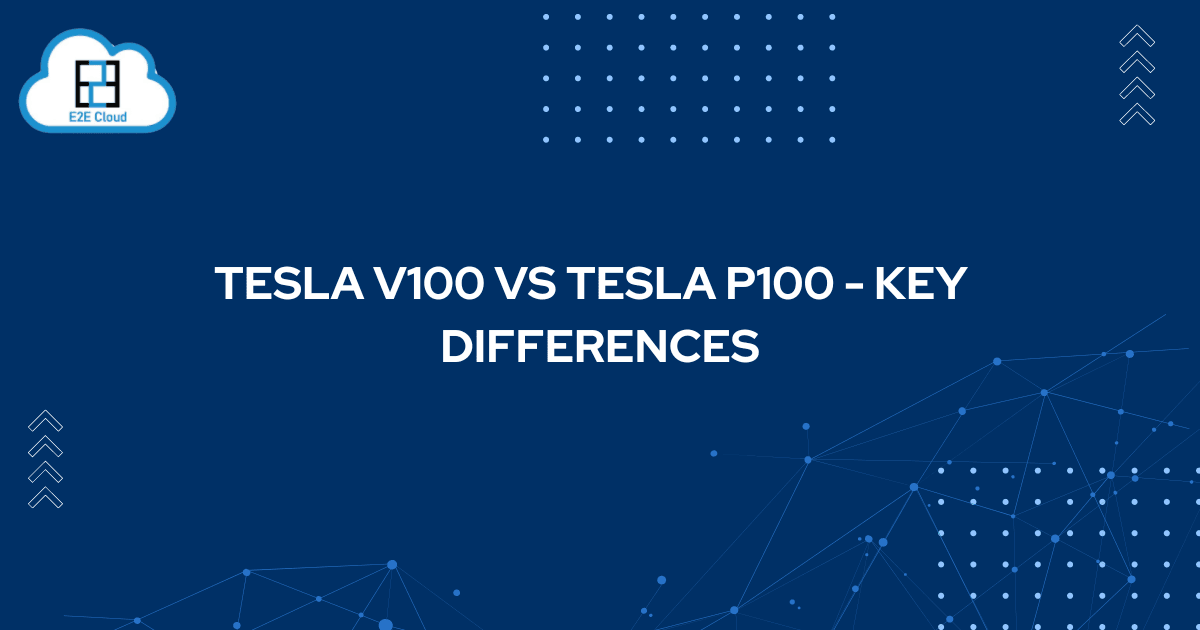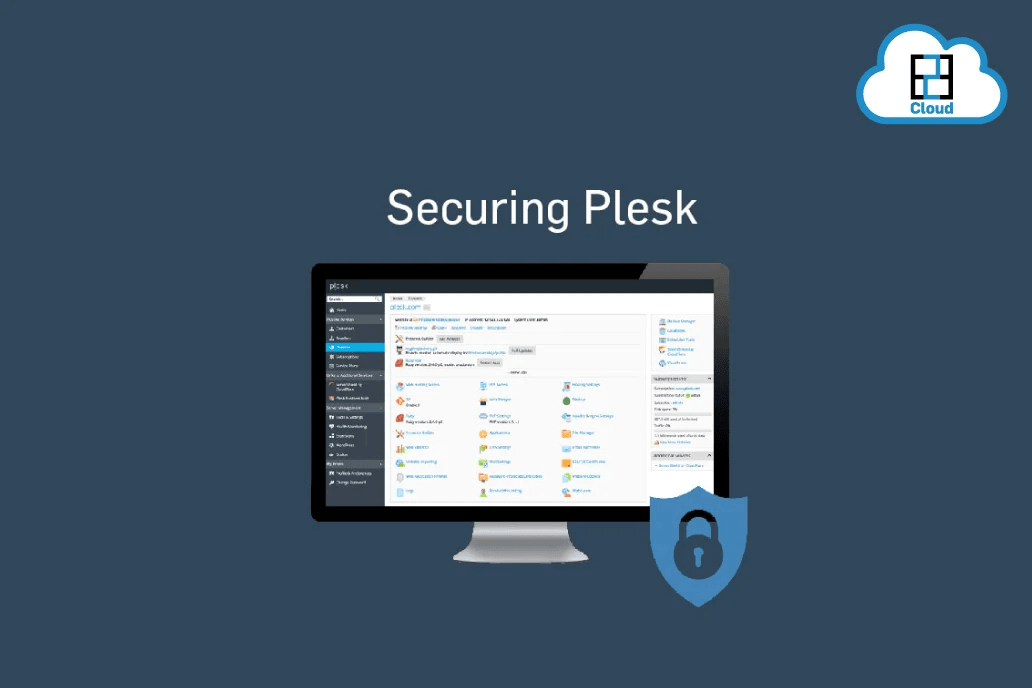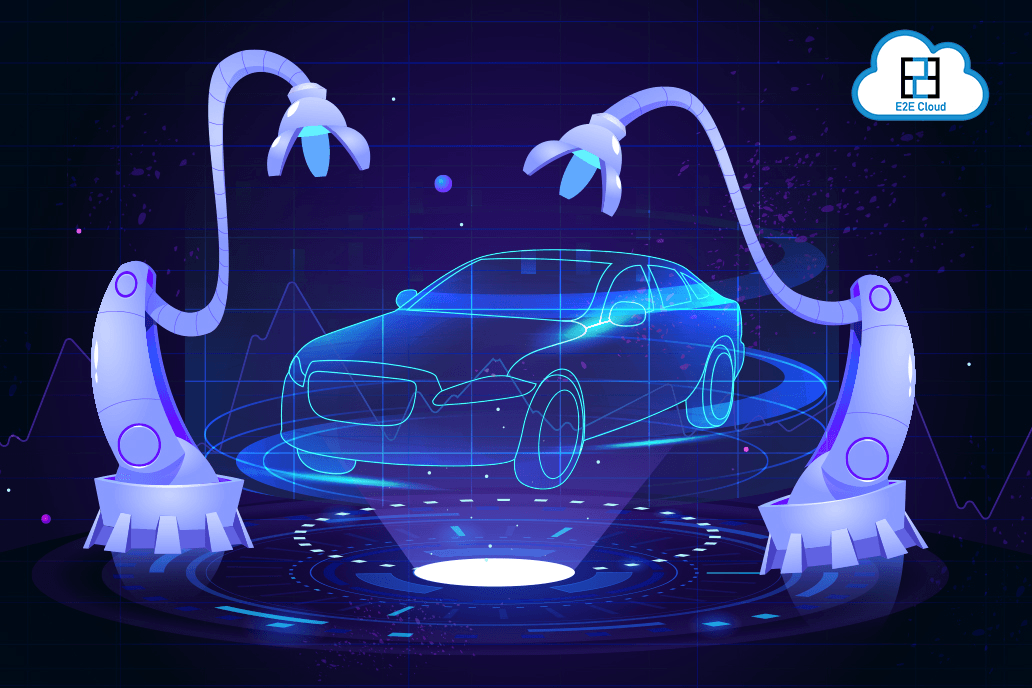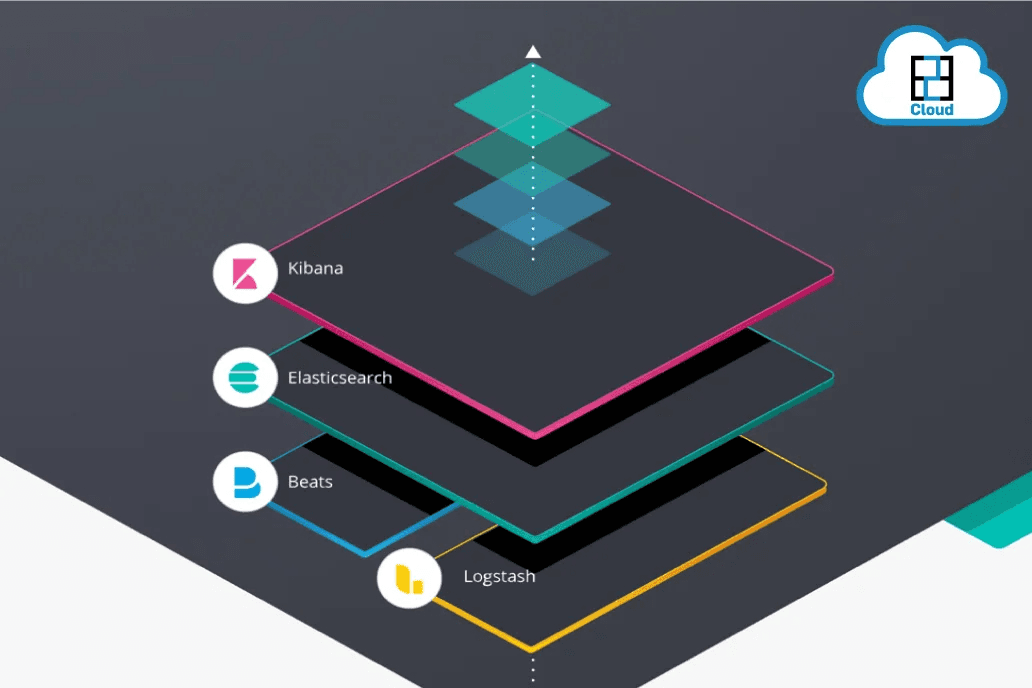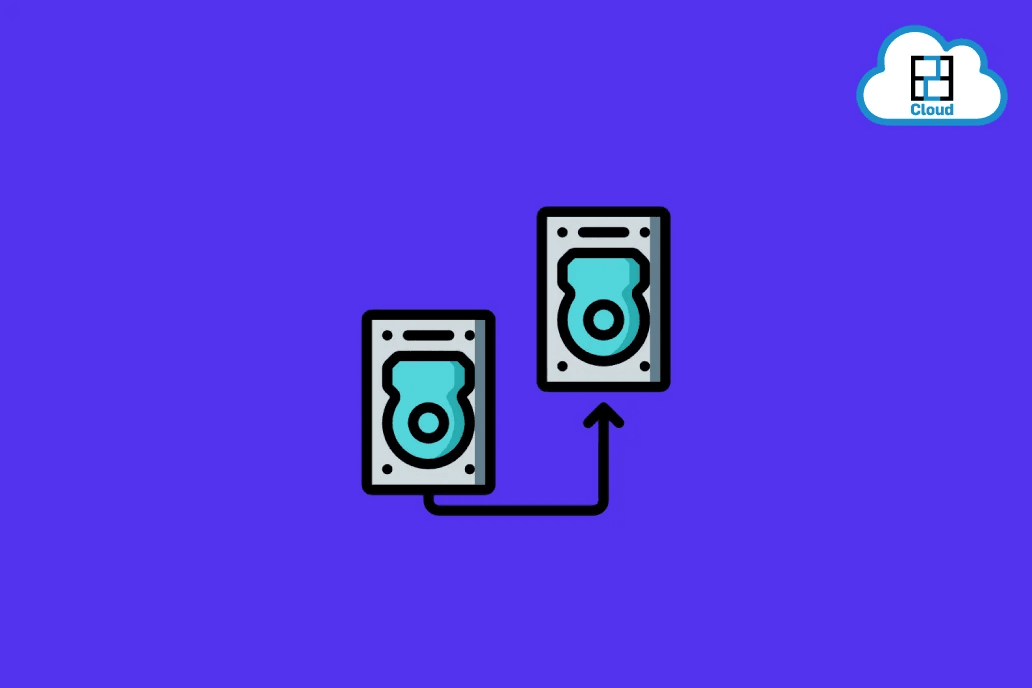Introduction
You can have a potential opportunity to launch your career in data science (Machine Learning) through projects in this area. By using it, you not only learn data science, but you also obtain projects for your resume! Today's recruiters place less attention on credentials and instead gauge a candidate's potential based on his or her work. If you have nothing to show them, it wouldn't matter if you just told them how much you know! The majority of people struggle and fall short there.
In this article, we will look at 24 data science(ML) project ideas to work on as aspiring data scientists and machine learning engineers.
- Big Mart sales prediction project:
You should work on many machine learning project ideas as a novice to vary your skill set. We have therefore added a project that will provide you with an introduction to unsupervised machine learning techniques using the sales dataset of a food retailer.
Problem statement:
You should work on many machine learning project ideas as a novice to vary your skill set. We have therefore added a project that will provide you an introduction to unsupervised machine learning techniques using the sales dataset of a food retailer.
- Zillow Home value prediction project:
Think about a circumstance where you want to buy a house, sell a house, or want to rent a house in a different city but don't know where to begin. Sometimes, even though you are aware of where to begin, you are unsure of the source's reliability. Well, in 2006, "Zillow" was created by Microsoft employees who recognized the need for a trustworthy internet resource that could offer all of this information. A few years later, Zillow unveiled a function called "Zestimate," which revolutionized the industry. Zestimate is a tool that estimates a home's value based on a number of factors, including public data, sales data, and other factors. More than 97 million residences are covered by Zestimate's data.
Problem statement:
The aim of this project is to build a house price prediction model using python packages such as XGBoost or LightGBM.
- Iris flower classification project
Iris Flowers is one of the simplest machine learning datasets in the literature, making this one of the easiest machine learning projects. The "Hello World" of machine learning is often used to describe this particular machine learning problem. The dataset has numeric properties, therefore those new to machine learning (ML) must learn how to import and manage data.
Problem statement:
The goal of this project is to classify flowers into three types of species - Virginica, Setosa, or Versicolor based on the length and width of sepals and petals.
4. Movie recommendation system
One of the most well-liked machine learning projects that may be applied to several fields is this one. If you've ever used an e-commerce site or a movie/music website, you may be extremely familiar with a recommendation system. When checking out on the majority of e-commerce sites, such as Amazon, the system will suggest items for your cart.
Problem statement:
In this project, we use the dataset from Asia's leading music streaming service to build a better music recommendation system. the primary task is to predict the chances of a user listening to a song repetitively within a time frame.
- Time series analysis and traffic forecasting
One of the methods in data science that is most frequently used is time series. It can be used for a variety of things, including forecasting the weather, making sales predictions, and examining trends through time. The difficulty in predicting traffic on a particular mode of transportation in this dataset, which is peculiar to time series, is present.
Problem statement:
Analyze the time series and forecast the future traffic using ARIMA models
- Predict the wind quality
It is commonly known that aged wine tastes better. However, there are other considerations for wine quality certification in addition to age, such as physiochemical testing for alcohol content, fixed acidity, volatile acidity, density measurement, pH, and more.
Problem statement:
The main objective of this data science project is to develop a machine learning model to assess the numerous chemical characteristics of wines in order to forecast their quality.
- Turkey student evaluation using clustering models
This dataset is based on assessment forms that students completed for various courses. It has a variety of characteristics, such as attendance, challenge, and score for each evaluation question, among others. Unsupervised learning is the issue here. 33 columns and 5820 rows make up the dataset.
Problem statement:
Cluster the group of students based on their evaluation score and other attributes
- Heights and weights prediction
This task is simple enough for those just getting started with data science to tackle. Regression is the issue. The dataset comprises three columns and 25,000 rows (index, height, and weight).
Problem statement:
Using given data predict the Height and weights of persons
- Predict purchase amount by the customer
The sales dataset consists of retail store transactions that were recorded. It's a well-known dataset that you may use to study and improve your feature engineering abilities and general comprehension through various purchasing experiences. This problem involves regression.
Problem statement:
Using sales transactions dataset to predict purchases of customers.
- Movie recommendation project
The necessity to develop a successful movie recommendation system has become more crucial over time as demand from modern consumers for personalized content has increased across platforms like Netflix and Hulu. The "Movielens" Dataset is one of the most well-liked datasets on the web for novices to learn how to create recommender systems.
Problem statement:
Build a Movie recommendation system using the content-based approach to personalize the user experience
- Human activity recognition project
The dataset was compiled from recordings of 30 people made with smartphones that have inertial sensors built in. This information is used as teaching material in many machine learning courses. Now it's your turn. This is a difficulty with several classifications.
Problem statement:
Using a dataset of human activities predict human activity
- Text Mining dataset
The dataset was originally collected for the 2007 Siam Text Mining Competition. The information is made up of reports on aviation safety describing issues that may have arisen during specific flights. It is a complex problem with many different classifications. It has 30,438 columns and 21,519 rows.
Problem statement:
Using text classification algorithms to classify documents into their respective categories
- Million songs prediction dataset
You may not be aware that data science may also be used in the entertainment sector. Take action right away. A regression problem is presented by this data collection. There are 90 variables and 5,15,345 observations in it. This, meanwhile, is really a small portion of the original database, which had information on around a million songs.
Problem statement:
Predict the release year of a song using the dataset
- Census income class prediction
It's a classic machine learning project and a classification with imbalance. You are aware that machine learning is widely utilized to address unbalanced issues like cancer detection, fraud detection, etc.
Problem statement:
Using various classification techniques to predict the income class of users
- Boston house price prediction project
The prices of properties in various Boston neighborhoods are included in the Boston House Prices Dataset. The collection also includes data on non-retail business sectors (INDUS), crime rates (CRIM), the average age of homeowners (AGE), and a number of other attributes (the dataset has a total of 14 attributes).
Problem statement:
Build regression models to predict the house price of the Boston housing dataset.
- Twitter sentiment analysis project
Big data generated by social media sites like Twitter, Facebook, YouTube, and Reddit may be analyzed in a variety of ways to discover trends, public feelings, and opinions. Today, social media data is important for branding, marketing, and business in general.
Problem statement:
Using a vast number of unstructured tweets data, analyze and build a text classification model to predict the sentiment of tweets either positive, negative or neutral.
- Loan eligibility prediction:
The dataset for training the model for predicting loan eligibility must contain information on sex, marital status, the number of dependents, income, qualifications, credit card history, and loan amount, to name a few. We utilize the SYL Bank dataset for this study. One of the biggest banks in Australia is the SYL bank. Using the cross-validation method, the data model must be trained and tested for this project.
Problem statement:
Using classification algorithms to build machine learning models to predict whether the applicant is eligible for a loan or not.
- Customer churn prediction analysis
Businesses spend five times as much money is spent on gaining a new customer as it does on keeping an old one. One of the most well-known issues in business is customer churn or attrition, which occurs when customers or subscribers cease using a product or a company.
Problem statement:
Using ensemble techniques builds a classification model to predict the churn of a customer.
- Credit default prediction
This machine learning project's objective is to foretell which clients would fail to repay a loan. One probable explanation for the loss is when clients default on their debt, preventing banks from collecting payments for the services provided. The banks may face losses on the credit card product from a variety of factors.
Problem statement:
Using various machine learning techniques to build a classification model to predict defaulters helps reduce losses to the company
- Fake news classification:
Now, it feels like the news is moving faster due to the rise of the internet. just as the internet has made it possible for us to respond to breaking news and emergencies much more quickly, it has also led to the unintended dissemination of false information across platforms. Due to this identification of fake news has become essential
Problem statement:
Analyze the vast amount of text data to predict and classify fake news before it spreads around the internet.
- Market Basket analysis;
Market basket analysis is the practice of better understanding the combinations of different items that buyers frequently buy. It is a data mining approach used to track consumer buying habits in order to better understand them and, as a result, boost sales.
Problem statement:
Using Apriori algorithm predict purchase patterns of buyers and find most frequently bought items to recommend to consumers.
- Speech emotion recognition
The pandemic has compelled each one of us to analyze emotions in communication, as all we are left with today is virtual communication. Thus, it becomes a herculean task to detect correct emotions.
Problem statement:
Using deep neural network models represent speech data into vector form and classify their emotion
- Timeseries forecasting using FB’s prophet
Time series is a sequence of data points that occur in successive order over some period of time. The idea of time series analysis is to look at data characteristics over a certain time period and use that to make futuristic calculations.
Problem statement:
Using Facebook’s Prophet (A time series model) build forecasting model that forecasts stock price
- Text classification with transformers:
The machine learning technique BERT (Bidirectional Encoder Representations from Transformers) is frequently used to address issues with natural language processing. It was created by Google and features a transformer-based architecture. It has been trained on 2,500 million words, making it biased in the eyes of the majority of NLP academics.
Problem statement:
Using transformers build classification models to predict label for text documents.
References:
[2] https://www.projectpro.io/article/top-10-machine-learning-projects-for-beginners-in-2021/397
